Click Here To Join Our Telegram Channel for FREE daily tutorials!
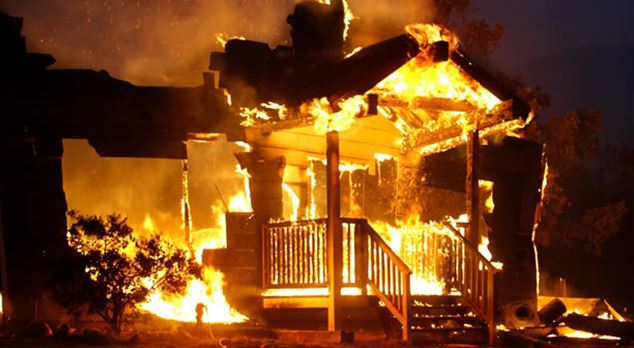
The danger of getting burned is ever-present in our day to day lives. Whether we’re talking about a minor burn caused by carelessness or a severe degree burn caused by an unfortunate event, it’s important to know how to react in such a situation. Most of us have already dealt with burning injuries at least once in their lifetime, so the sensation and the gravity of the matter is known to most people. We’re not lacking in the health department in this day and age; there’s plenty of doctors and clinics out there that are able and equipped to deal with burn victims. Even if they’re not immediately available, medicine is widely available and many people already have their stock set aside for darker days. But what happens in TEOTWAWKI situation, when medical care and supplies won’t simply be available anymore? In this case, it’s important to know how to treat a burn victim and to improvise as best as we can in order to save one’s life.
 The first thing we’ll need to asses in a burning accident is how much of the overall body surface has been affected by the burn. People that have less than 20% of their body’s surface affected by 2nd and 3rd burns are not facing direct life threats (although the danger of infection and complications is still present); 1st degree burns do not pose a life threat, as the skin is not significantly affected. But those who have suffered. This is easily calculated by using the rule of nines, according to whom the surfaces on the human adult body are as follows: head = 9%, chest (front) = 9%, abdomen (front) = 9%, upper/mid/lower back & buttocks = 18%, arms (each) = 9%, palm (each) = 1%, groin = 1%, legs (each) = 18% (front = 9% + back = 9%). For children, the numbers are as follows: head = 18%, chest (front) = 9%, abdomen (front and back) = 9%, upper/mid/lower back & buttocks = 18%, arms (each) = 9%, palm (each) = 1%, groin = 1%, legs (each) = 14% (front = 7% + back = 7%).
The first thing we’ll need to asses in a burning accident is how much of the overall body surface has been affected by the burn. People that have less than 20% of their body’s surface affected by 2nd and 3rd burns are not facing direct life threats (although the danger of infection and complications is still present); 1st degree burns do not pose a life threat, as the skin is not significantly affected. But those who have suffered. This is easily calculated by using the rule of nines, according to whom the surfaces on the human adult body are as follows: head = 9%, chest (front) = 9%, abdomen (front) = 9%, upper/mid/lower back & buttocks = 18%, arms (each) = 9%, palm (each) = 1%, groin = 1%, legs (each) = 18% (front = 9% + back = 9%). For children, the numbers are as follows: head = 18%, chest (front) = 9%, abdomen (front and back) = 9%, upper/mid/lower back & buttocks = 18%, arms (each) = 9%, palm (each) = 1%, groin = 1%, legs (each) = 14% (front = 7% + back = 7%).
After the affected surface area has been determined, it’s imperative to understand what degree of burn you’re dealing with. As an international convention, burns are split into three distinctive categories:
1st degree burns or mild burns are what happens in the best case scenario. The injury is superficial and the skin is not completely affected. A good example of a 1st degree burn is a nasty case of sunburn. It requires a lesser form of treatment and it’s not life-threatening
2nd degree burns are much more serious and pose a greater threat to general health. They are far more painful as the affliction penetrates far deeper into the skin. If this is the case, it’s recommended you seek medical help, if available.

3rd degree burns are the most severe types imaginable. Because the injury goes so deep into the skin, the pain receptors can be completely destroyed, so the victim might not feel pain at all. If the affected area gets swollen, turns leathery or black, you’re dealing with a 3rd degree burn; as a mentioned before, pain is no longer an indicator. This is an emergency, and you should seek professional help if it’s available, if not, turn to your medical kit.
Before you start applying a treatment, you’ll need to determine the nature of the burn. Various types of burns require different treatments. These are some of the most common causes when it comes to burn injuries and how you should deal with them:
If the victim has been subjected to a flame source, the first step is to take the person away from the fire source and to extinguish his clothes if they’re on fire. Water is the best choice, as this will not only put out the fire, but it will also wash away any remaining pieces of charred clothing. Cold water will cool the burned areas and sooth the pain. Next, remove the clothes, gently tap with a dry and clean piece of cloth and apply any treatment available.
Treating electrical burn victims requires a different approach. In this case, the insides are just as damaged (if not more) than the outside. Electrical current takes a toll mostly on the heart, so before treating burns, check the patient’s vital signs first. You might need to perform CPR before anything else. Once the victim is stabilized, you can proceed to treat the burns.
Chemical burns are also a hazard to take into consideration. Treating skin that’s been exposed to corrosive substances requires a lot of patience. The burned area should be washed with water for about 30 minutes before proceeding to apply any type of ointment. If the area is not cleaned perfectly, the remaining substances will continue to destroy skin cells. After the area has been cleaned, you should double check that the ointment you’re about to apply won’t react with the chemical residue found in the burn.
If medical help is not available and if your personal survival medical kit is depleted, worry not. Luckily you can still improvise burn treatments out of everyday household items. Here are some of the things found around the house that can do wonders in case you’re dealing with burns:
1. Honey is a fantastic first aid solution when it comes to treating burns. It can also work as a permanent solution, provided you’re in a survival scenario and you happen to have some honey lying around. You should cover the affected surface in honey completely. Next cover the area in a plastic wrap. Honey will prevent bacteria from reaching the wound and keep the risk of infection to a minimum. Check the wound daily and apply as much honey as you can spare.
2. Vinegar can also be used for cleaning the burned area, as it can be used as an antiseptic. Because it’s an acid, the vinegar will sting and add to the burning sensation, but in the process it will clean and sanitize the burned area, killing of any unwanted pathogens that might lead to severe infection. Diluted vinegar is the way to go.
3. Baking soda works perfectly for treating a burned area. Just add water, turn it into a paste and apply it gently over the burned area. The baking soda will help reduce the swelling and the pain sensation. You can add it to any type of burns EXCEPT chemical burns. It may give an unwanted reaction with the chemical that caused the burn, so avoid using it in this case.
Aiding a burn victim in no easy task, and you should take it seriously. Educate yourself in the field before taking on such a task, as the wrong move might have unwanted consequences. There are many popular treatments that do not give great result, quite the opposite. Burns should be cleaned with cold water, but never ice water. You might have been told at some point to press something cold next to a burn, but you strongly advise you not to. The surface you might be pressing into the burned area might be carrying pathogens that will cause infection. Also egg whites and oil do not work either, so don’t bother. If your hands and fingers have been burned, remove rings and jewelry asap because burned areas tend to get swollen. Nasty burns will most likely result in enormous blisters; do not pop them! They’re helping the healing process. Popping them may result in infection, pain and permanent trauma.
Note – this is an informational article and not to be seen as medical advice nor substitute for consultation with a medical professional, nor a recommendation to self-diagnose or self-treat.
This Crazy Off Grid Device Literally Makes Drinkable Water From Fresh Air:
According to NASA, the U.S. is expecting a 100-YEAR LONG MEGADROUGHT.
It's already begun. Ask the farmers in California. They know.
Every survivalist knows that water is of critical importance. You NEED an independent water source that you can count on!
As an interesting "survival rehearsal" - imagine that you turned the tap on right now and nothing came out. How long would you last?
But what if there was another water source literally hidden in plain sight. That's right, I'm talking about the atmosphere!
The amazing thing about getting water from the natural moisture in the air... is that it is ALWAYS available.
This gives you real water security!
Learn more about how to tap into "Nature's secret water reservoir" and stay hydrated when TSHTF!
Watch the video:
😳 What Tinnitus Does To Your Brain Cells (And How To Stop It)
After 47 years of studies and countless brain scans done on more than 2,400 tinnitus patients, scientists at the MIT Institute found that in a shocking 96% of cases, tinnitus was actually shrinking their brain cells.
As it turns out, tinnitus and brain health are strongly linked.
Even more interesting: The reason why top army officials are not deaf after decades of hearing machine guns, bombs going off and helicopter noises…
Is because they are using something called "the wire method", a simple protocol inspired by a classified surgery on deaf people from the 1950s...

I Can't Help Showing This Off:
If you haven't heard of Claude Davis yet do yourself a huge favor and watch this video.
One of the smartest guys I ever had the pleasure of meeting, Claude set-up a unique prepping system that changed his life forever.
I already tried it myself and let me tell... you I was completely blown away... His surprising tactics could make your life easier and give you the peace of mind you deserve.
Don't just take my word for it... watch his short video and decide for yourself.

Most People Don't Have The Guts To Try This:
An amazing discovery in an abandoned house in Austin, Texas: A lost book of amazing survival knowledge, believed to have been long vanished to history, has been found in a dusty drawer in the house which belonged to a guy named Claude Davis.
Remember... back in those days, there was no electricity... no refrigerators... no law enforcement... and certainly no grocery store or supermarkets... Some of these exceptional skills are hundreds of years of old and they were learned the hard way by the early pioneers.
>> Click here to find out about them now
We've lost to history so much survival knowledge that we've become clueless compared to what our great grandfathers did or built on a daily basis to sustain their families.
Neighbors said that for the last couple of years Claude has tried to unearth and learn the forgotten ways of our great-grandparents and claimed to have found a secret of gargantuan proportions. A secret that he is about to reveal together with 3 old teachings that will change everything you think you know about preparedness:
>>> Click Here To Watch His Short Video <<<

More Off-Grid And Survival Resources:

What REALLY Happens When You Bury a Shipping Container? (Hint: It's A Bit Crazy...)
Shipping containers are all the rage - but if you are thinking about buying one, you MUST watch this video first:
There's a general belief that if you bury a shipping container you can create an awesome root cellar / storm shelter / survival bunker.
But is a shipping container strong enough to handle the pressure?
Watch the video to see what happens:
What Really Happens When You Bury a Shipping Container? (Click To Watch Video)




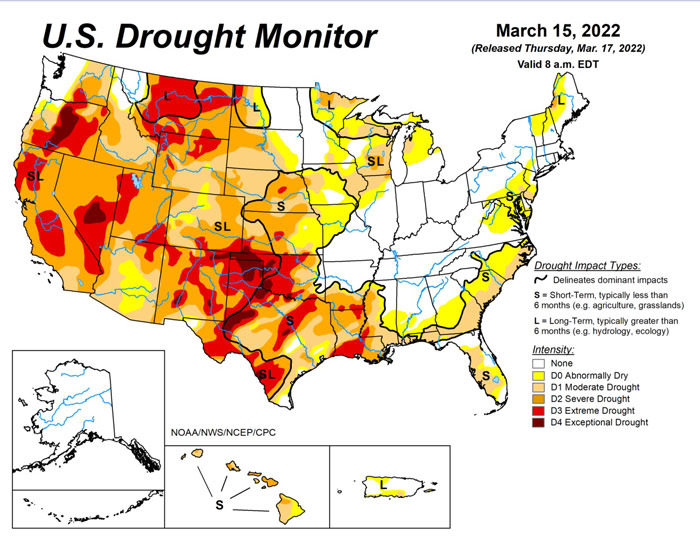
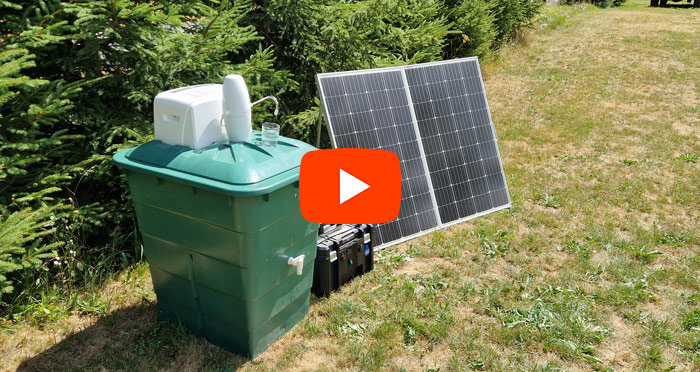




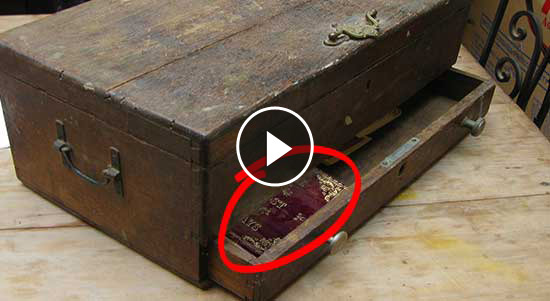
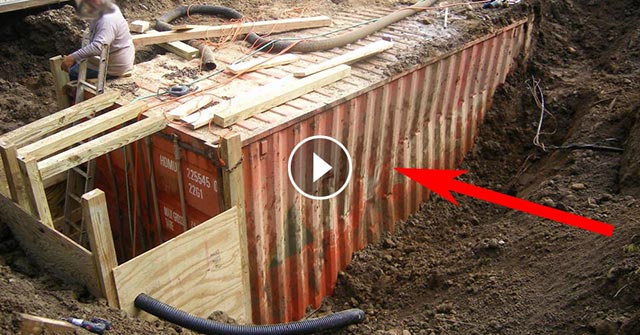
Sugar works very well for all sorts of wounds including even 3rd degree burns. I started using it several years ago. I wish I had heard about it long before that. There are many articles. Check out these two links about doctors who have used sugar for over 7000 patients.